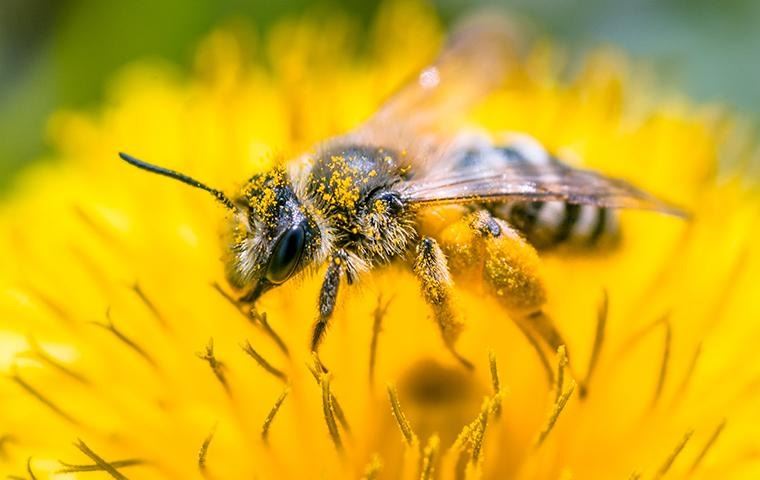
Top 20 Facts You Need To Know About Bees
Bees are well known for providing us with healthy and sweet honey. They also help crops grow through pollination. But they are more than just that. These buzzing creatures can do more. Below are 20 amazing facts you need to know now.
1. Bee Stings Have Medical Benefits

Sure, getting stung is the last thing you want to experience with bees. A bee’s sting can be painful. But did you know that bee stings have some health benefits? The bee venom contains a toxin called melittin that may prevent HIV, a life-threatening illness. The said toxin kills HIV through poking holes into the protective envelope of the virus. Furthermore, the bee venom can also increase the level of glucocorticoid or the anti-inflammatory hormone in your body. So if you have rheumatoid arthritis, you may find pain relief from a bee sting.
Of course, a sting from a swarm of bees is a completely different story. If there are beehives near you and they are already disrupting your daily life, feel free to seek help from the pest experts in Davidson, NC.
2. Bees Can Distinguish Human Faces
Honeybees make out faces like how humans do. They take parts such as ears, lips, and eyebrows and cobble them together to recognize a whole face. Scientists call this as the “configure processing” and it may help improve the face recognition technology. Are there bees in your area and they are bothering you? Contact the pest experts now.



Customer Reviews
-
“Lake Norman pest control does a wonderful job all around and even explained the safety concerns I had of the products for my new baby and dog.”- Lauren G.
-
“Lake Norman Pest Control has always been consistent with their service quality and more than fair with pricing.”- Michael C.
-
“He called me after the appointment and gave me a summary of the service and he made some additional recommendations.”- Leslie Z.
-
Jake promptly arrived and asked what issues we were having and quickly began applying treatment. He was professional and thorough. Very pleased with the service today.- Lisa C.
-
“Jake promptly arrived and asked what issues we were having and quickly began applying treatment.”- Lisa C.
-
“Lake Norman always does a great job in communicating and shows up at their committed times.”- Mike C.
-
“Michael has beHe and every representative we’ve worked with from this company have been very kind and good at listening to our needs. en super helpful! He's prompt, thorough, and responsive to all of our questions.”- Kimberly G.
-
“Our technician, Jake, has been very helpful. He has been on time and responsive to all my questions.”- Laurence P.


Why Choose Lake Norman Home Services?
-
Give A CrapDelight others by owning your role and saying yes. Take pride in how you appear & act & every other detail of the job. Be on time, attentive, & enthusiastic. Act as if the buck stops with you on every aspect of the job.
-
Chase PerfectionChase Perfection, knowing full well we will not reach it, but along the way we will catch excellence. Have a sense of urgency; Go-Forth Time - right now might be the only time you have to get it right.
-
Dig Deeper
Be an action-oriented professional that makes decisions based on evidence rather than stories & assumptions. Stay curious. Data can speak for itself.
Understand the cause of the fire rather than rushing to extinguish it.
-
Fight For SimplicityKeep it simple & consistent. Focus on how things should be done every time.
-
Face It, Fix ItConfront challenges directly and address issues head-on. A bias for action and powerful conversations drive our progress. It’s about getting it right rather than being right.
-
Grow!Growth is our purpose. Growing as people & growing our business.